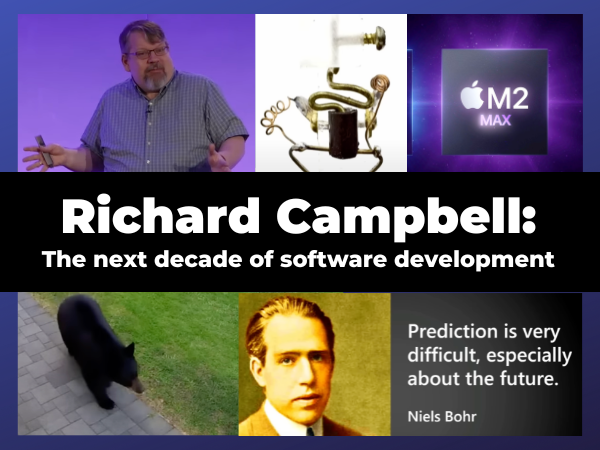
What might the next decade of software development look like? Richard Campbell has some ideas and shares them in this talk from the 2023 edition of the NDC London conference.
Here’s the video:
I know Richard from my former life at Microsoft. He’s the host of the .NET Rocks and RunAs Radio podcasts, and long-time developer, consultant, and tech company founder, and a damn good storyteller.
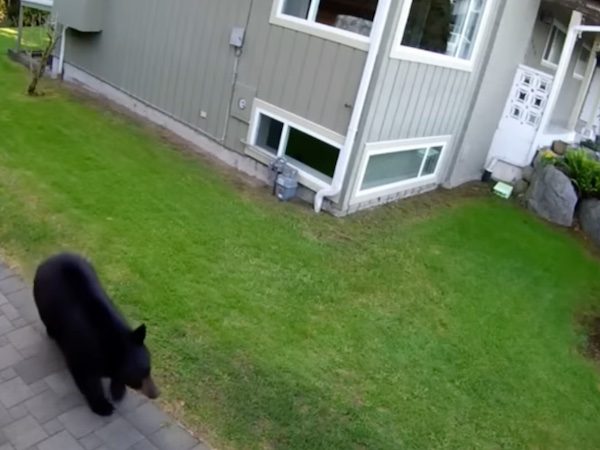
The first story he tells is about “The Animal Highway,” the space between his and his neighbors’ house, which is frequented by bears. This actually made me laugh out loud, since when I last saw Richard at a backyard barbecue at his house, we had to scare away a bear cub by being noisy. He picked up a pot and barbecue tongs, I picked up my accordion, and with whoops, hollers, and random squeezebox chords, we chased it away into the woods.
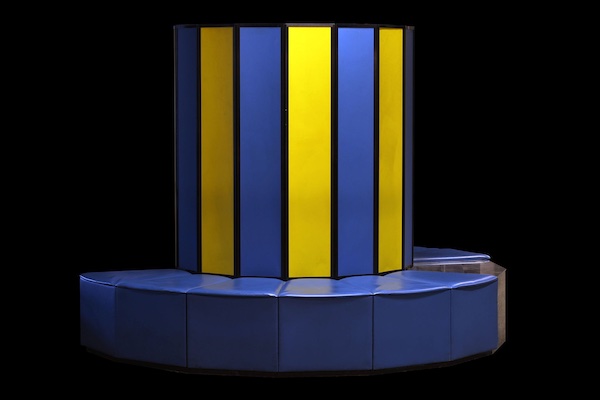
Creative Commons photo by Rama. Tap to see the source.
One of the themes that runs through his talk is that technology has grown in leaps and bounds. Near the start of the talk, he uses the example of the Cray X-MP. In 1985, it was the world’s most powerful computer. It sold for millions of dollars and required 200kW of power, which could perform 1.9 at gigaflops (billions of floating-point operations per second). It was used to model nuclear explosions and compute spaceflight trajectories.
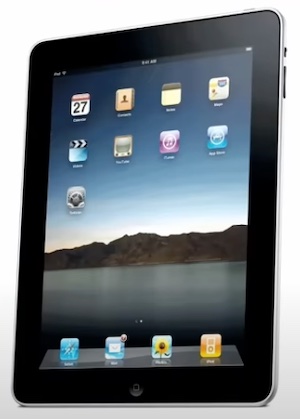
The iPad 2 from 2011 also performs at 1.9 gigaflops, but it sold for hundreds of dollars instead of millions, and ran on battery power instead of requiring its own power plant. As Richard summed it up: “26 years later, the most powerful computer in the world is now a device we give to children. And they play Candy Crush on it.”
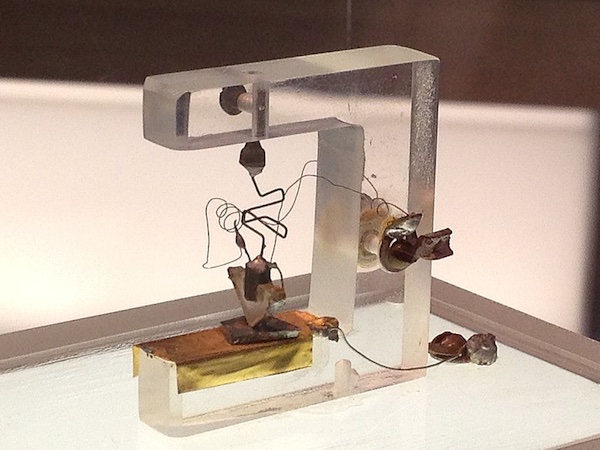
Creative Commons photo by Unitronic. Tap to see the source.
Near the end of the talk, Richard uses another example of the technological changes that have happened in a lifetime. The picture above shows the first transistor ever, which was made in Bell Labs in 1947.
“It’s pretty hard to look at that,” he said, pointing to the photo of that transistor, “and think ‘M1 chip’.”
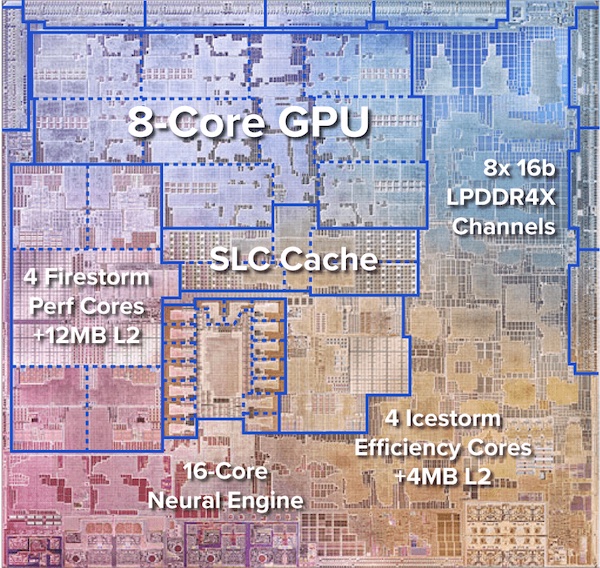
In case you were wondering, here’s how many transistors the different variations of the M1 chip have:
| Chip version | Number of transistors |
| M1 (original version) | 16 billion |
| M1 Pro | 33.7 billion |
| M1 Max | 57 billion |
| M1 Ultra | 114 billion |
If you want an understanding of how we got to the current state of computing and some good ideas of where it might go, Richard’s talk is not only enlightening, but also entertaining. I listened to it on this morning’s bike ride, and you might find it good listening during your workout, chores, commute or downtime.